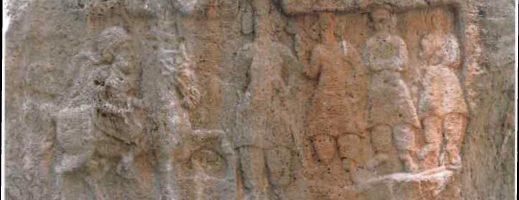The strain between the zoroastrian heritage and Islam in Iran: a new perspective
February 2023 Guillermo Martínez Rabadán Abstract Since the Islamic conquest of Iran persistent elements of Zoroastrian Iran have proved controversial for Islamic dogmas imposed by different dynasties until the eighteenth century. The Qayar regime and under the Pahlavi regime, a policy of secularization that promoted the Zoroastrian heritage tried to awake Islam. This policy would later be persecuted by the












